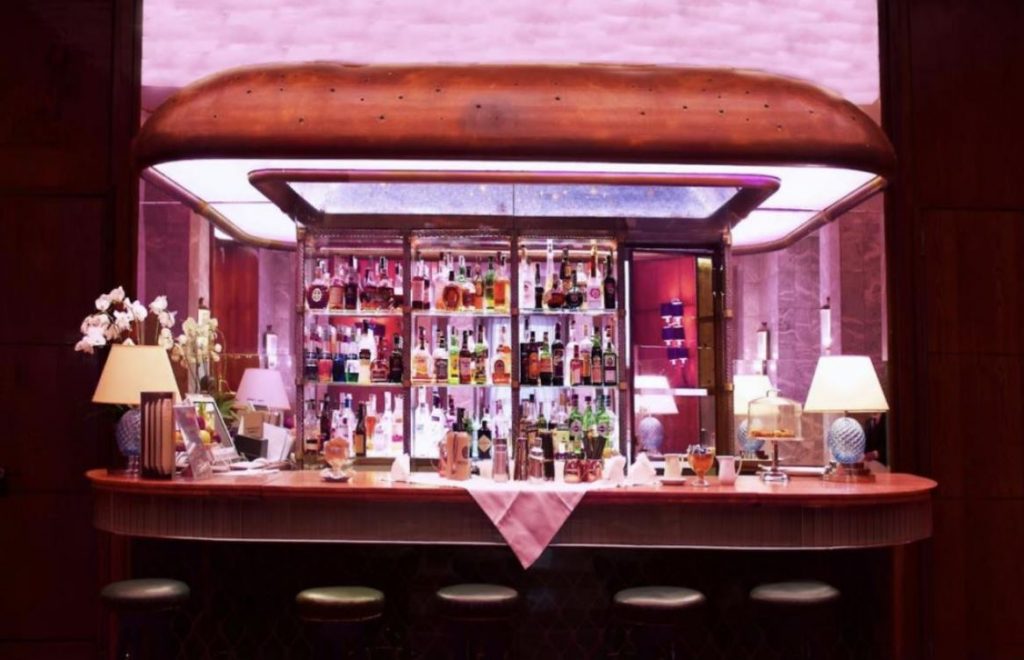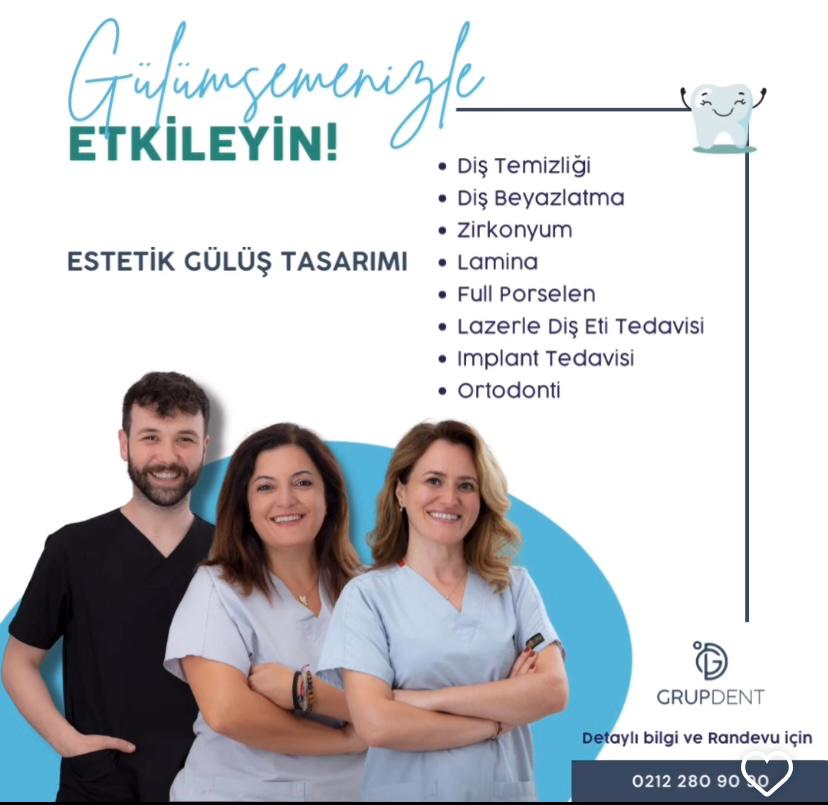When does an artist’s style become an adjective?
Hello dear readers of ARTTMODERNMIAMI, I am writing the second article of the ARTTMODERNMIAMI newspaper from the once upon a time Western Roman Empire, Rome. Those who read my previous article will remember. I’m adding the link for those who haven’t read it. (Link)
Every October, an international film festival called “Festa del cinema di Roma” is held in Rome. In 2019, Wes Anderson was there to present the “Lifetime Achievement Award” to Bill Murray.

In this article, I will give information about the American film director Wes Anderson, but first, I need to talk about the birth of cinema in general.
The birth of cinema? On December 28, 1895, the Lumiere brothers, with the “cinematograph” they invented for the first time, screened the movie known as “The Arrival of a Train at La Ciotat Station” as the first movie in history at the Paris Salon indien du Grand Café.
The development and separation of film genres: Thanks to the Lumiere brothers, a realistic genre emerges in cinema. They were pioneers of documentary films, until George Melies. Melies created the fantasy genre for cinema in 1902. His most famous movie was “A trip to the moon”. He was the pioneer of fiction movies. Most of the movies we watch right now are fiction.
One of the reasons I chose this subject was that I prepared a photography project in Rome. This series of three photos entitled “Similarities” the purpose of the series was “If Wes Anderson had made a movie in Rome, where would he have shot it? The places I chose were Hotel Mediterraneo on Via Cavour, Hotel Plaza on Via del Corso, Gucci store on Via dei Condotti and the Esquilino district.



These places are both very aesthetic and match its framing style, use of color, hotel obsession and order. This photo project has inspired me to write my diploma thesis about Wes Anderson.

Wes was born in Texas in 1969 and studied philosophy at the University of Texas. It was here that he met Owen Wilson, an actor who has appeared in almost every movie. Together with Owen Wilson, Wes Anderson wrote and shot his first short film “Bottle Rocket” in 1996. Bottle Rocket caught the attention of producers Polly Platt and James L. Brooks at the 1996 Sundance festival, and thanks to them, it became a feature film that was released in 1998.
In an interview he says: “I chose philosophy because it seemed like something I should be interested in. I didn’t know anything about it, I didn’t even know what it was about. Finally, all I did in those years was to write short stories. There were all kinds of interesting courses, but what I really wanted to do was create stories in one way or another.”
Even though he was accepted to Columbia University to study cinema after graduating from the University of Texas, he did not want to study and created a film career on his own. He is one of the new generation film directors of the 90’s named indie wood, who are directors who work outside of Hollywood studios. Each of his films has similar themes, styles, compositions but always with an innovative vision approach. He has made 10 feature films since 1996.
Bogdanovich wes anderson’s style This is how he sums it up: as a writer who knows how to communicate through every single element of the staging, he’s wildly curated, from the script to the costumes to the soundtrack.
Summarising Wes Anderson’s style, we can identify these features;
– Symmetrical composition obsession and frames
– Central shots
– Planimetric composition: the orientation of elements in a scene, especially the background, as flat planes relative to the camera. For example, a group photo. They are highly fictionalised compositions that take naturalism away from the stage and inform us that we are witnessing a deliberate fiction.
– Camera movements: tracking shots, zoom in and zoom out, that is, approaching and zooming out on a phenomenon very quickly, top angle (especially in shots with objects as the main character. The shot from above divides the scene and creates the focal point.)
– Slow motion highlights, especially in Darjeeling Limited, when two brothers have to get on the train at the start, as if slow motion is a heroic task. Slow motion scene in Royal Tenenbaum where Margot and Richie meet years later.
– A color in a movie can have meaning, or it can be just a reproduction of the colors of reality. Wes Anderson always makes sense of colors through costumes and scenography. Colors therefore participate in the action and the scenography, and colors in their own way play an “acting role” and become the protagonists of the scene, conveying emotions. The Color Palette ranges from saturated to pastel colors.
Color analysis
Yellow as a color conveys positivity, as in Moonrise Kingdom and Fantastic Mr. Fox. In both films there is a sense of love and escape from human beings. Yellow conveys the world of dreams and a nostalgia for the past.
When the blue colour is dominant there are usually the most dramatic moments in movies. Blue, in Moonrise Kingdom, is associated with the color of the antagonistic authorities; in fact, when the authority that deals with adoptions enters the room we hear a flash of lightning, which arouses terror. Blue is also a negative color in the film Royal Tenenbaum, used in the scene of Richie’s suicide. It should be noted that it is a colour that he uses rarely compared to the others.
Red represents the dramas of men in movies. All the characters wearing red are trying to get over a trauma they have experienced. For example, Steve Zissou hasn’t gotten over the death of best friend Esteban. Chas wears the red Adidas tracksuit, because he hasn’t gotten over his wife’s death and makes his children wear it too.
Pastel pink is a colour that represents liveliness in the grand budapest hotel in fact when the prestige of the hotel expires, even the colours lose their liveliness. When pink monochromatic is used in the grand budapest hotel in the romance scene between the couple it creates a harmonious feeling of unity.
There are subjects that he can never give up and repeat in his films; “He admits that he always uses the same themes and does so as a form of protest his critics, saying that he makes the same films over and over again. He admits that this is possible, and he understands it because he always uses the same themes, but when writing the script, he considers not only the themes but also the environment. He always uses the same actors and visual details. But he says he likes the way he is, and it would be a mistake if he didn’t use this repetitive style. “I think people who like weird people will like my movies more, and people I call weird people,” Wes says subjectively. Wes
Anderson’s method is to describe heavy themes as light as a feather.
These issues include family problems, for example, families are often divided, but new family forms emerge. The messy family, the mostly disappearance of the father. Divorce is one of the main issues, perhaps because the parents in Wes’ life are also divorced. Reflecting this side of her life in movies may be something she hasn’t gotten over. The fact that he has his brother figures in his movies is that he has 2 siblings in his private life. There are subjects such as Peter pan syndrome, death and suicide, creating fantasy universes, love triangles, meta cinema.
Wes Anderson like it or not is still one of the most significant filmmakers of the last twenty years. The thing that amazes is that he hasn’t won many awards, even though he has been nominated many times. Nonetheless, he has already become part of the history of cinema. Clear proof of this is the fact that what is now recognized as the Andersonian style is also found in other new authors inspired by him. As an example, the Instagram page called “Accidentally Wes Anderson” which became very famous enough to attract the attention of the director, who approved its contents. In the end, a book entitled ” Accidentally Wes Anderson” was born, which explains, narrates and publishes photos in the full style of the director. Wes Anderson wrote the preface in which he says “Old red and white striped lighthouses, wooden casino at the foot of Mont Blanc, pastel-colored hotels, railway stations crossed by steam trains, coin-operated binoculars on the pier of a lake: we have learned that art imitates reality, but buildings appear in every corner of the planet that seem to have come out almost by chance from a Wes Anderson film. This book is a collection of Andersonian stories and places that really exist and can be visited in all their symmetrical beauty. Now I understand what it means to be almost by chance yourself. Thanks”1
(1 Koval, Wally, Wes Anderson Per Caso, il Saggiatore editore, citt pag 10, 2021)
It is therefore a style recognizable at first sight where his obsessions are easily understood. Starting from his actors, such as Bill Murray who appears in almost every film, then Owen Wilson, first known as a friend and then turned into actor and screenwriter and then Tilda Swinton, Frances McDormand, Adrien Brody, Léa Seydoux, Edward Norton, Anjelica Huston and Willem Dafoe.
As for the actors, the obsession with collecting does not remain only in the cinema but also in art and other media. For example, in collaboration with his wife Juman Malouf, he organized an exhibition with more than three hundred selected objects in the deposit of the Kunsthistorisches museum in Vienna entitled “Spitzmaus Mummy in a Coffin and Other Treasures” translated as “The Mummy of Spitzmaus in a sarcophagus and other treasures”. They have chosen these objects that are supposed to represent an imaginary museum, objects that have never been exhibited until now, says curator Jasper Sharp. Wes Anderson states 1 A subdivision of the rooms by color can be noted, exaggerating green, yellow, red and brown to the maximum.
Dear readers, I have recently received a very good news, my short film It appears it disappeared has received the honorable mention award from the 2022 STUDENT WORLD IMPACT FILM FESTIVAL. If you haven’t had the opportunity to watch it, I’ll put the link (Link).
If you want to understand his style through his movies, I suggest you Tenenbaum Family and The Grand Budapest Hotel. If you like animation Fantastic Mr. Fox is great. Dear readers for the next time I want you to imagine and take some photos also in your city you live with this concept “If Wes Anderson had made a movie where would he have shot it” and you can send it to me to my Instagram (https://www.instagram.com/livia.proto/) through the dm’s or to my mail (protolivia@gmail.com)
I hope you enjoyed reading and I will be happy if you have any comment and suggestions. Have a nice time, see you in my next article.
Livia Oya Proto
Filmmaker – Rome,Italy


